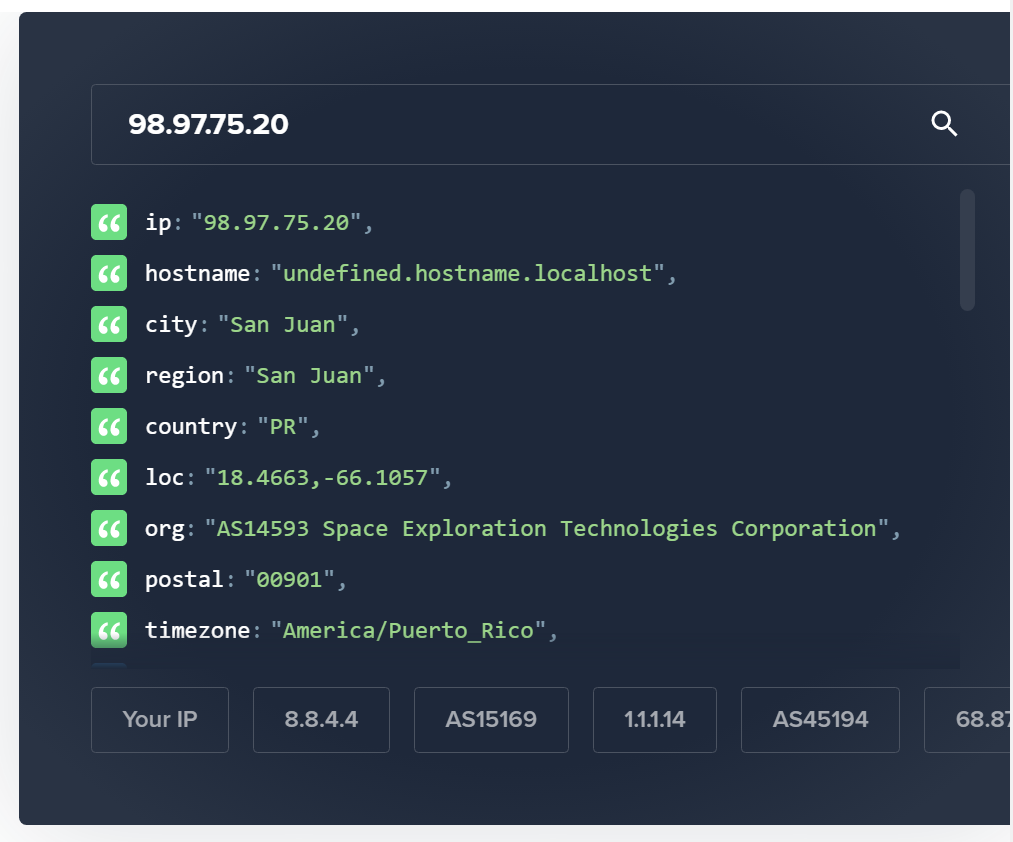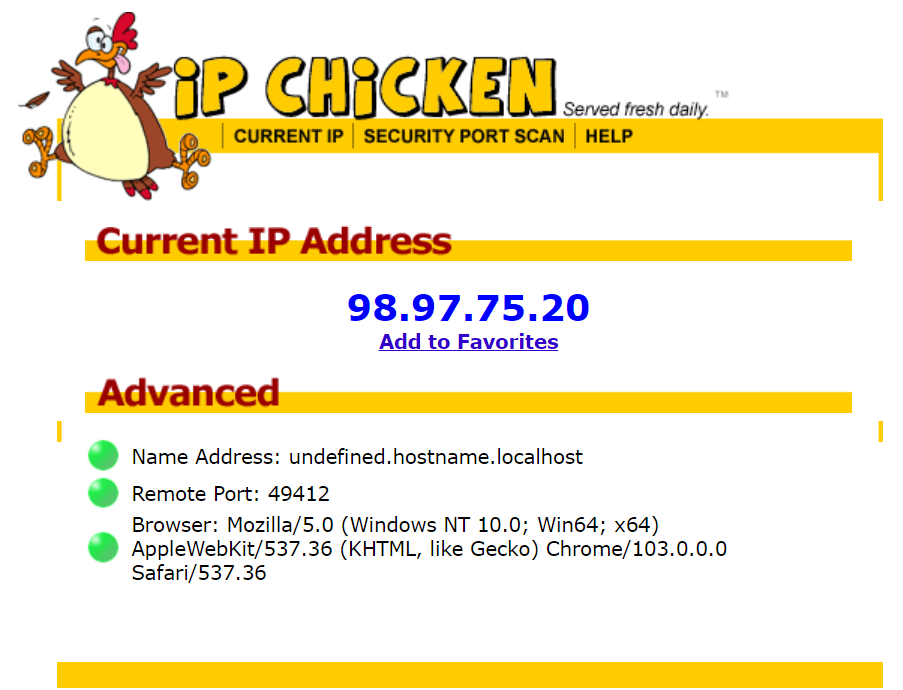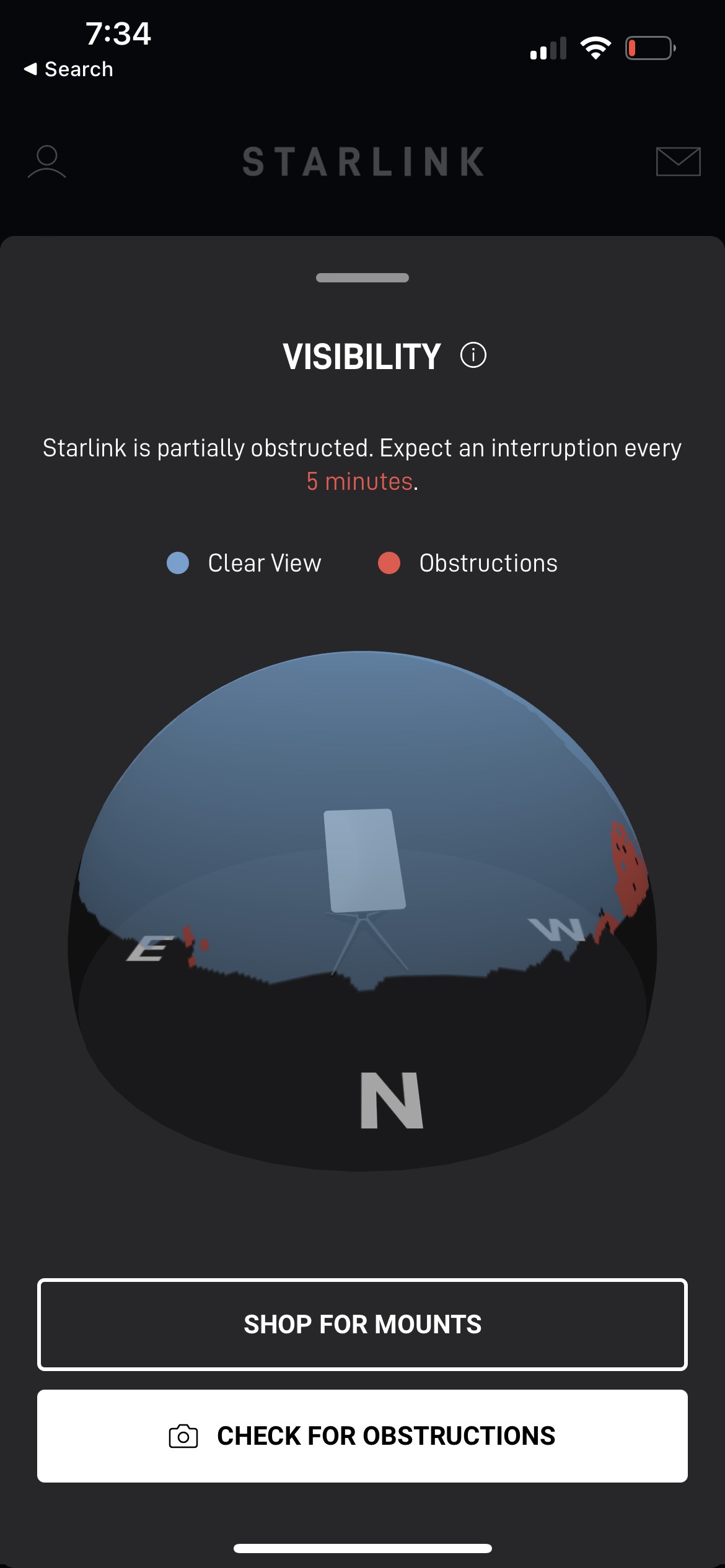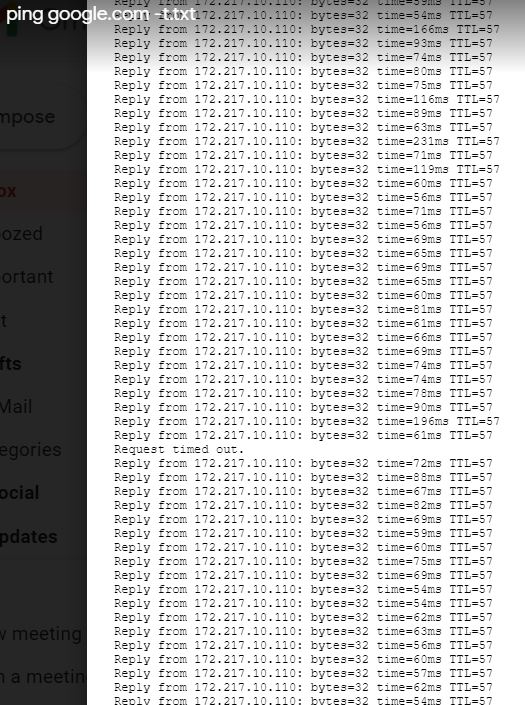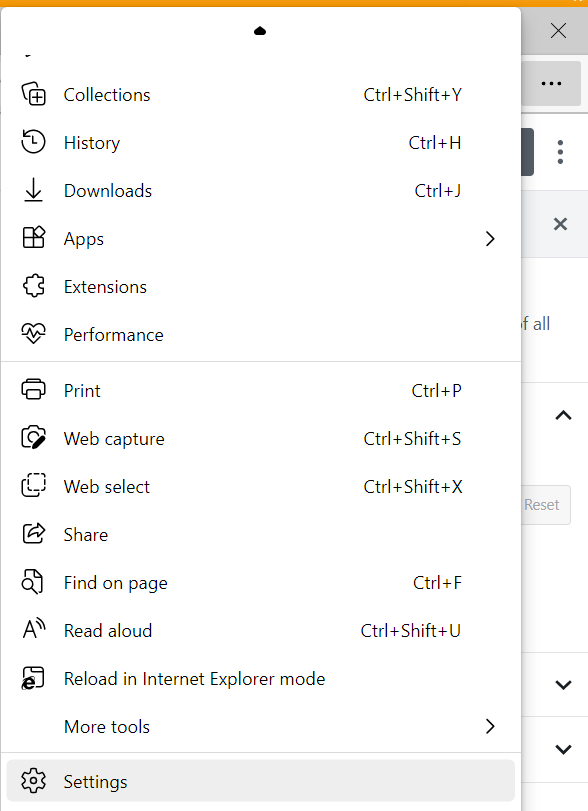Intro
It’s convenient to name drop different types of cyber attacks at a party. I often struggle to name more than a few. I will try to maintain a running list of them.
But I find you cannot speak about cybersecurity unless you also have a basic understanding of information technology so I am including some of those terms as well.
As I write this I am painfully aware that you could simply ask ChatGPT to generate a list of all relevant terms in cybersecurity along with their definitions – at least I think you could – and come up with a much better and more complete list. But I refuse to go that route. These are terms I have personally come across so they have special significance for me personally. In other words, this list has been organically grown. For instance I plowed through a report by a major vendor specializing in reviewing other vendor’s offerings and it’s just incredible just how dense with jargon and acronyms each paragragh is: a motherlode of state-of-the-art tech jargon.
Baitortion
I guess an attack which has a bait such as a plum job offer combined with some kind of extortion? The usage was not 100% clear.
Clickfix infection chain
Upon visiting compromised websites, victims are redirected to domains hosting fake popup windows that instruct them to paste a script into a PowerShell terminal to fix an issue.
Collision attack
I.e., against the MD5 hash algorithm as done in the Blast RADIUS exploit.
Credential Stuffing Attack
I.e., password re-use. Takes advantage of users re-using passwords for different applications. Nearly three of four consumers re-use password this way. Source: F5. Date: 3/2024
Password spraying
A type of attack in which the threat actor tries the same password with multiple accounts, until one combination works.
Supply Chain attack
Social Engineering
Hacking
Hacktivist
I suppose that would be an activitst who uses hacking to further their agenda.
Living off the land
Data Breach
Keylogger
Darknet
Captcha
Click farms
Jackpotting
This is one of my favorite terms. Imagine crooks implanted malware into an ATM and were able to convince it to dispense all its available cash to them on the spot! something like this actually happened. Scary.
Overlay Attack
Example: When you open a banking app on your phone, malware loads an HTML phishing page that’s designed to look just like that particular app and the malware’s page is overlaid on top.
Skimmer
bot
Anti-bot, bot defense
Spoofing
Mitigation
SOC
Selenium (Se) or headless browser
WAF
Obfuscation
PII, Personally Identifiable Information
api service
Reverse proxy
Inline
endpoint, e.g., login, checkout
scraping
Layer 7
DDOS
Carpet bombing DDOS attack
Many sources hitting many targets within the same subnet. See:
SYN flood
DOS
Visibility
Automation
Token
Post
JavaScript
Replay
Browser Fingerprint
OS
Browser
GDPR
PCI DSS
AICPA Trust Services
GUI
(JavaScript) Injection
Command Injection
Hotfix
SDK
URL
GET|POST Request
Method
RegEx
Virtual Server
TLS
Clear text
MTTR
RCA
SD-WAN
PoV
PoC
X-Forwarded-For
JSON
Client/server
Threat Intelligence
Use case
Carding attack
WebHook
Source code
CEO Fraud
Phishing
Vishing
(Voice Phishing) A form of cyber-attack where scammers use phone calls to trick individuals into revealing sensitive information or performing certain actions.
Business email compromise (BEC)
Deepfakes
Threat Intelligence
Social engineering
Cybercriminal
SIM box
Command and control (C2)
Typo squatting
Voice squatting
A technique similar to typo squatting, where Alexa and Google Home devices can be tricked into opening attacker-owned apps instead of legitimate ones.
North-South
East-West
Exfiltrate
Malware
Infostealer
Obfuscation
Antivirus
Payload
Sandbox
Control flow obfuscation
Indicators of Compromise
AMSI (Windows Antimalware Scan Interface)
Polymorphic behavior
WebDAV
Protocol handler
Firewall
Security Service Edge (SSE)
Secure Access Service Edge (SASE)
Zero Trust
Zero Trust is a security model that assumes that all users, devices, and applications are inherently untrustworthy and must be verified before being granted access to any resources or data.
Zero Trust Network Access (ZTNA)
Zero Trust Edge (ZTE)
Secure Web Gateway (SWG)
Cloud Access Security Broker (CASB)
Remote Browser Isolation (RBI)
Content Disarm and Reconstruction (CDR)
Firewall as a service
Egress address
Data residency
Data Loss Prevention (DLP)
Magic Quadrant
Managed Service Provider (MSP)
0-day or Zero day
User Experience (UX)
Watermark
DevOps
Multitenant
MSSP
Remote Access Trojan (RAT)
SOGU
2024. A remote access trojan.
IoC (Indicators of Compromise)
Object Linking and Embedding
(Powershell) dropper
Backdoor
TTP (Tactics, Techniques and Procedures)
Infostealer
Shoulder surfing
Ransomware
Pig butchering
This is particularly disturbing to me because there is a human element, a foreign component, crypto currency, probably a type of slave trade, etc. See the Bloomberg Businessweek story about this.
Forensic analysis
Attack vector
Attack surface
Economic espionage
Gap analysis
AAL (Authentication Assurance Level)
IAL (Identity Assurance Level)
CSPM (Cloud Security Posture Management)
Trust level
Remediation
Network perimeter
DMZ (Demilitarized zone)
Defense in depth
Lateral movement
Access policy
Micro segmentation
Least privilege
Elevated privileges
Breach
Intrusion
Insider threat
Cache poisoning
I know it as DNS cache poisoning. If an attacker manages to fill the DNS resolver’s cache with records that have been altered or “poisoned.”
Verify explicitly
Network-based attack
Adaptive response
Telemetry
Analytics
Identity Provider (IDP)
Consuming entity
Behavior analysis
Authentication
Authorization
Real-time
Lifecycle management
Flat network
Inherent trust
Cloud native
Integrity
Confidentiality
Data encryption
EDR (Endpoint Detection and Response)
BSOD (Blue Screen of Death)
Everyone’s favorite Windows error!
BSI (Bundesamt für Sicherheit in der Informationstechnik)
German Federal Office for Information Security (Bundesamt für Sicherheit in der Informationstechnik)
ICS (Industrial Control System)
Reverse shell
A text-based interfaces that allow for remote server control.
Crypto Miner
A RCE (Remote Code Execution)
Threat Actor
APT (Advanced Persistent Threat)
Compromise
Vulnerability
Bug
Worm
Remote Access VPN (RAVPN)
XDR (Extended Detection and Response)
SIEM (Security Information and Event Management)
User Entity Behavior Analytics (UEBA)
Path traversal vulnerability
An attacker can leverage path traversal sequences like “../” within a request to a vulnerable endpoint which ultimately allows access to sensitive files like /etc/shadow.
Tombstoning
Post-exploit persistence technique
MFA bomb
Bombard a user with notifications until they finally accept one.
Use-after-free (UAF)
A use-after-free vulnerability occurs when programmers do not manage dynamic memory allocation and deallocation properly in their programs.
Cold boot attack
A cold boot attack focuses on RAM and the fact that it is readable for a short while after a power cycle.
Famous named attacks
Agent Tesla
Cloudbleed
Heartbleed
log4j
Morris Worm
Explanations of exploits
Famous attackers
APT29 (Cozy Bear)
A Russia-nexus threat actor often in the news
Volt Typhoon
2024. A China-nexus threat actor
IT terminology
802.1x
Active Directory
BGP (Border Gateway Protocol)
Blast Radius
One of those dreadully overused terms borrowed from the military that mostly only marketing people like to throw around. It means what you think it might mean.
Boot start
A flag for a driver in Windows that tells it to always start on boot.
Browser
CHAP
CISA (Cybersecurity and Infrastructure Security Agency)
CVE
CVEs, or Common Vulnerabilities and Exposures, are a maintained list of vulnerabilities and exploits in computer systems. These exploits can affect anything, from phones to PCs to servers or software. Once a vulnerability is made public, it’s given a name in the format CVE–. There are also scoring systems for CVEs, like the CVSS (Common Vulnerability Scoring System), which assigns a score based on a series of categories, such as how easy the vulnerability is to exploit, whether any prior access or authentication is required, as well as the impact the exploit could have.
Data at rest
Data in motion
Data Remanence
The residual representation of data that remains even after attempting to erase or initialize RAM.
DDI (DNS, DHCP and IP address management)
DHCP
DLL
DLP (Data Loss Prevention)
DoH (DNS over HTTPS)
Domain
EAP
Eduroam
Enhanced Factory Reset (EFR)
Exact Data Matching (EDM)
GSLB (global Server Load Balancing)
ICS
IPSEC
Link
Mandiant
Modbus protocol
MS-CHAPv2
Named pipes
I read it’s a Windows thing. huh. Hardly. It’s been on unix systems long before it was a twinkle in the eye of Bill gates. It acts like a pipe (|) except you give it a name in the filesystem and so it is a special file type. It’s used for inter-process communication.
.NET
NSA (National Security Agency)
OCR (Optical Character Recognition)
OpenRoaming
OT (Operational Technology)
PAP
Patch
PaaS (Platform as a Service)
PLC (programmable logic controller)
Portable Executable (PE)
Private Cloud
Proof of Concept (POC)
RADIUS
Ray
An open-source unified compute framework used by the likes of OpenAI, Uber, and Amazon which simplifies the scaling of AI and Python workloads, including everything from reinforcement learning and deep learning to tuning and model serving.
